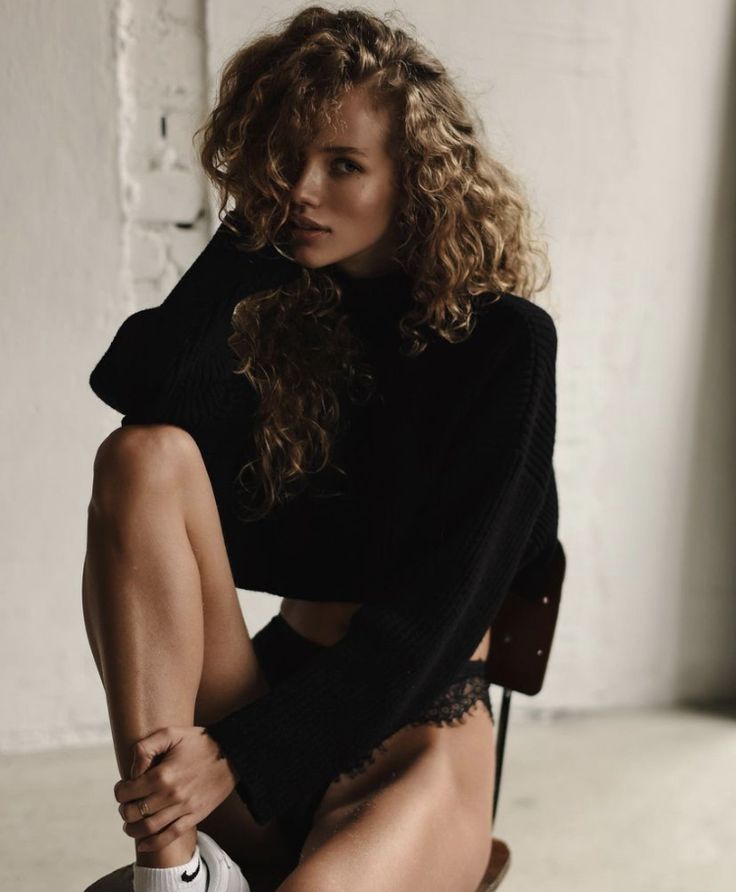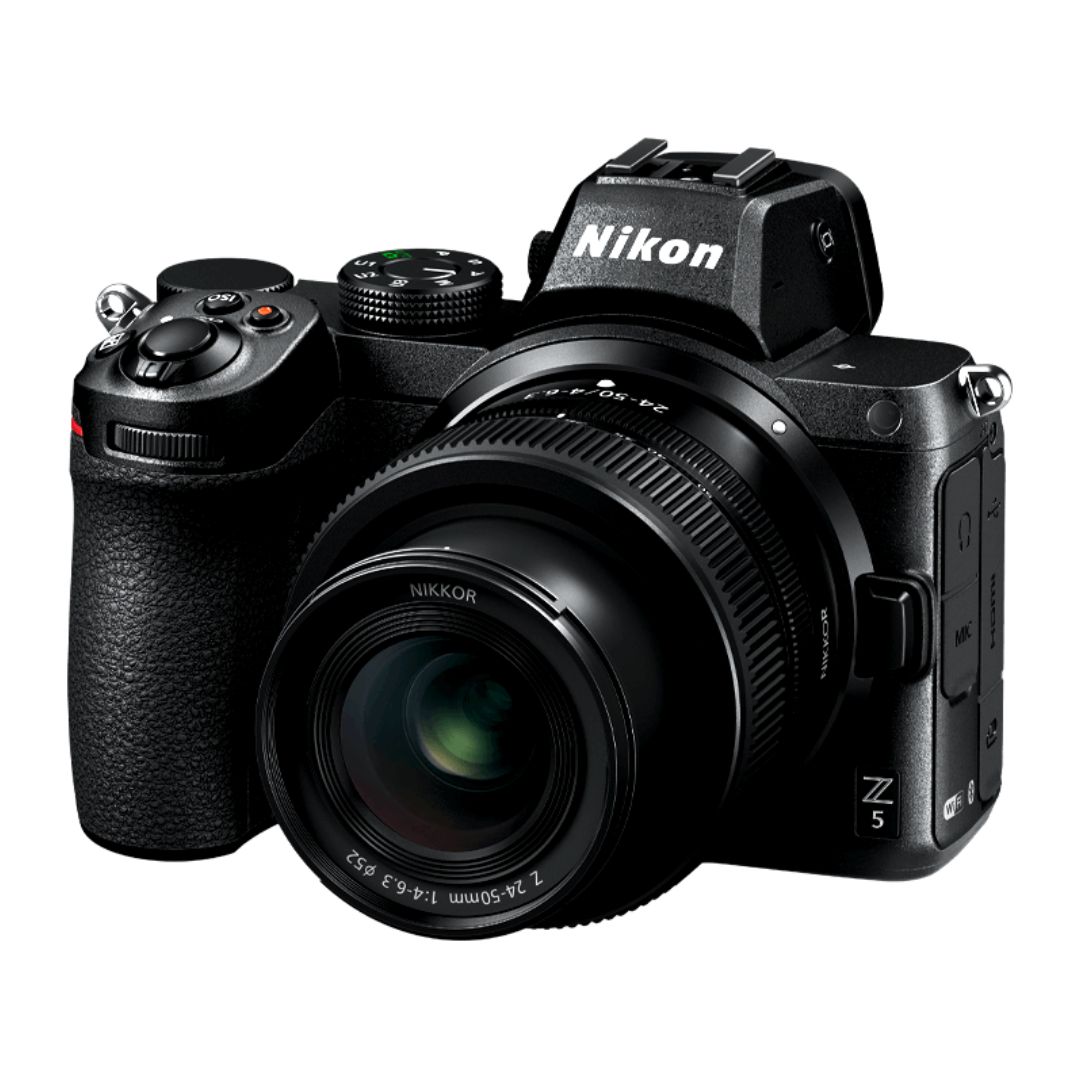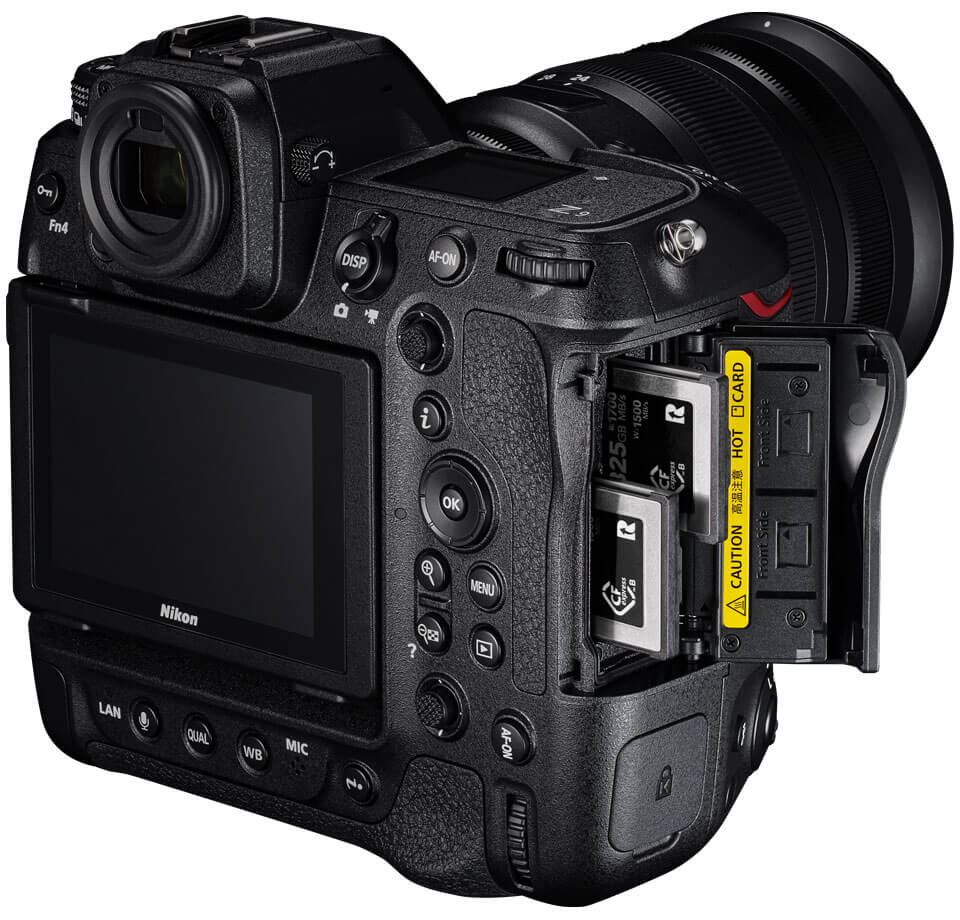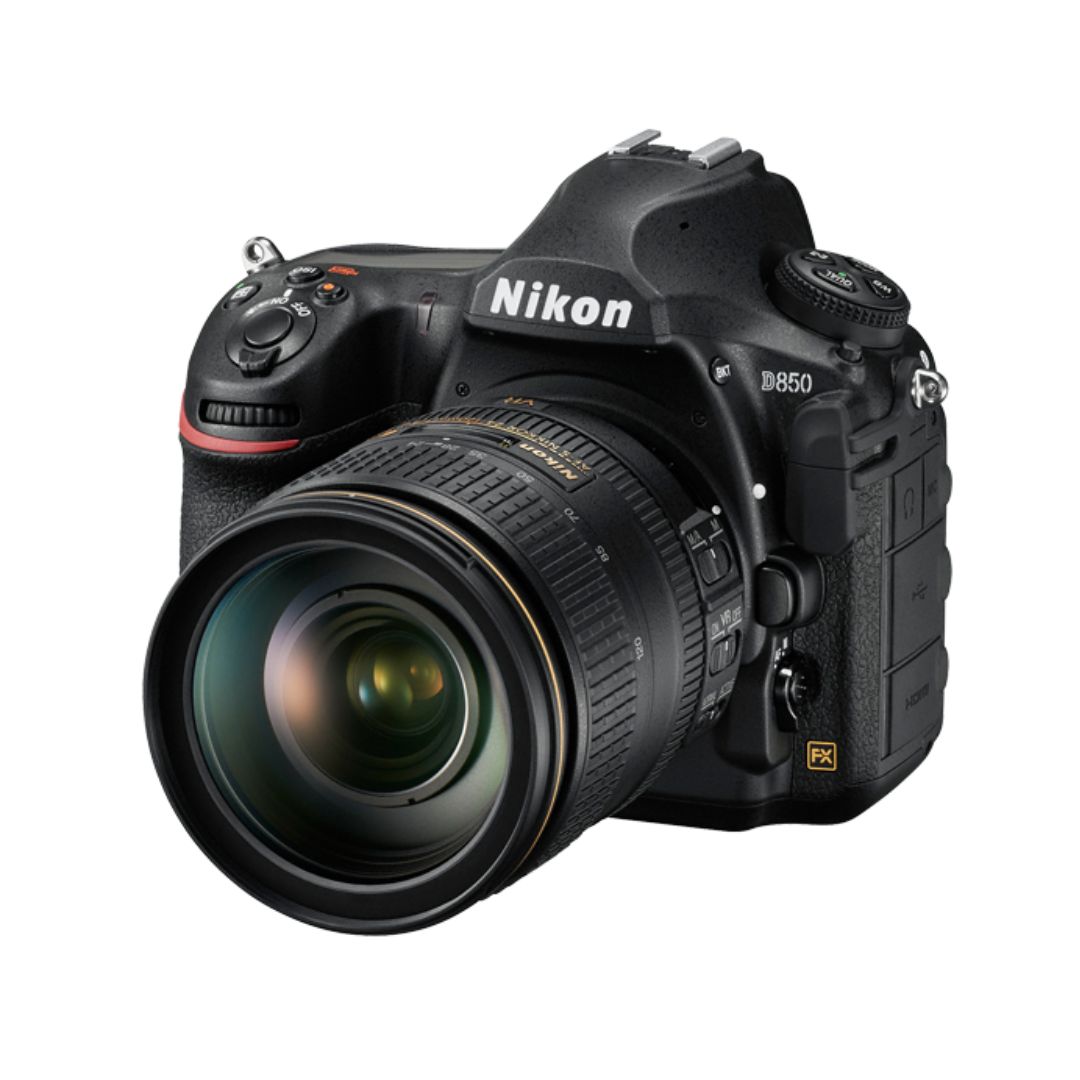A modeling portfolio is your ticket to securing auditions, landing contracts, and showcasing your unique style and talent. It’s more than just a collection of photos; it’s your professional visual resume. If you’re new to modeling or looking to revamp your portfolio, this guide will walk you through every step of creating a stunning modeling portfolio that stands out from the crowd.

1. Understanding the Purpose of a Modeling Portfolio
1.1 Why Is a Modeling Portfolio Important?
A strong modeling portfolio demonstrates your versatility, professionalism, and commitment to the craft. Agencies and clients rely on portfolios to assess your suitability for their projects.
Key Benefits:
- Highlights your ability to adapt to various themes and styles.
- Acts as a first impression for casting directors and agents.
- Helps you stand out in a competitive industry.
1.2 Digital vs. Physical Portfolios
Both digital and physical portfolios have unique advantages. Understanding when and where to use them can amplify your reach.
Digital Portfolios:
- Easy to update and share online.
- Accessible via smartphones, tablets, or computers.
Physical Portfolios:
- Creates a personal touch during in-person meetings.
- Offers tangible proof of your professionalism.
2. Planning Your Portfolio Shoot
2.1 Defining Your Target Audience
Who are you trying to impress? Identify your niche to tailor your portfolio accordingly.
Common Modeling Niches:
- High-fashion
- Commercial
- Fitness
- Plus-size
- Runway
2.2 Setting a Budget
Investing in your portfolio is crucial, but it doesn’t have to break the bank.
Budget-Friendly Tips:
- Collaborate with aspiring photographers for affordable shoots.
- Use natural lighting to minimize studio costs.
- Keep your wardrobe simple yet impactful.
2.3 Hiring a Photographer
Your choice of photographer can make or break your portfolio.
What to Look For:
- A photographer experienced in your modeling niche.
- A strong portfolio showcasing diverse shoots.
- Positive reviews and recommendations.





3. Essential Shots for a Versatile Portfolio
3.1 Headshots
Headshots are a non-negotiable part of any modeling portfolio.
Key Elements:
- Natural lighting to highlight your features.
- Minimal makeup to showcase your raw beauty.
- A neutral expression and a warm smile.
3.2 Full-Body Shots
These demonstrate your physique, posture, and proportions.
Wardrobe Tips:
- Wear fitted clothing that highlights your form.
- Choose solid colors to avoid distractions.
3.3 Lifestyle Shots
Show clients how you look in everyday settings.
Ideas:
- Casual outdoor settings.
- Posing with everyday props like coffee mugs or bicycles.
- Natural and candid expressions.
3.4 High-Fashion Editorials
If you’re aiming for the high-fashion niche, editorial shots are essential.
What to Focus On:
- Bold and dramatic poses.
- Statement outfits and accessories.
- Creative makeup and hairstyling.
4. Choosing the Perfect Wardrobe
4.1 Basics for Every Shoot
Simple and versatile outfits are the backbone of any portfolio.
Essentials:
- Fitted white and black T-shirts.
- Well-tailored jeans and trousers.
- Neutral-toned undergarments.
4.2 Outfits for Specific Niches
Tailor your wardrobe to the type of modeling you want to pursue.
Examples:
- Commercial: Casual and business-casual looks.
- Fitness: Activewear and swimwear.
- High-Fashion: Bold and avant-garde outfits.
5. Posing Like a Pro
5.1 Practicing in Front of a Mirror
Before stepping in front of the camera, practice your poses to build confidence.
What to Focus On:
- Facial expressions that match the shoot’s theme.
- Angles that highlight your best features.
- Smooth transitions between poses.
5.2 Taking Inspiration from Others
Study professional models and their portfolios for inspiration.
Where to Look:
- Fashion magazines.
- Social media accounts of successful models.
- Runway shows and campaigns.
6. Working with a Creative Team
6.1 Collaborating with Stylists and Makeup Artists
Your creative team plays a significant role in enhancing your overall look.
Tips for Collaboration:
- Share your vision and preferences before the shoot.
- Be open to experimenting with new styles.
- Respect their expertise and feedback.
6.2 Building Relationships
Networking with photographers, stylists, and other models can lead to future opportunities.
How to Build Connections:
- Attend industry events and workshops.
- Be professional and courteous during shoots.
- Maintain an updated contact list.
7. Editing and Curating Your Portfolio
7.1 Selecting the Best Shots
Less is more when it comes to choosing portfolio images.
Criteria for Selection:
- Quality over quantity.
- Shots that showcase your versatility.
- Images that align with your target niche.
7.2 Avoiding Over-Editing
Keep the editing subtle to maintain authenticity.
Tips:
- Retouch minor imperfections without altering your natural look.
- Use professional editing software for clean results.
8. Presenting Your Portfolio Professionally
8.1 Designing a Physical Portfolio
A well-organized portfolio leaves a lasting impression.
Key Elements:
- High-quality prints on glossy paper.
- A sleek, professional binder.
- A clear layout with labels or captions.
8.2 Creating an Online Portfolio
An online presence is crucial in today’s digital age.
Recommended Platforms:
- Personal websites with easy navigation.
- Portfolios hosted on platforms like Behance or Adobe Portfolio.
- Social media accounts with curated content.
9. Promoting Your Portfolio
9.1 Leveraging Social Media
Platforms like Instagram and LinkedIn can help you reach a wider audience.
What to Post:
- Behind-the-scenes clips from shoots.
- Final portfolio images.
- Testimonials from clients or collaborators.
9.2 Networking with Agencies
Proactively share your portfolio with modeling agencies.
How to Approach Agencies:
- Research agencies that align with your niche.
- Send a concise email with a link to your digital portfolio.
- Follow up professionally if you don’t receive a response.
10. Updating Your Portfolio Regularly
10.1 Adding Fresh Content
Keep your portfolio relevant by regularly updating it with new shoots.
When to Update:
- After landing significant projects.
- When you’ve developed new skills or looks.
- To reflect current trends in the industry.
10.2 Removing Outdated Images
Quality matters more than quantity. Remove old images that no longer represent your capabilities.
Conclusion
Building a modeling portfolio with stunning shoots requires planning, collaboration, and creativity. By understanding your niche, curating diverse shots, and presenting your portfolio professionally, you can stand out in the competitive world of modeling. Remember, your portfolio is a reflection of your talent and potential—make it count.

Sony Alpha a7 IV: The Ultimate Camera for Photography

Nikon Z5 Review: Is It Worth It?
-

Nikon Z9 : Game-Changer for Photography
-

Top Features of Nikon D850 That Make It Ideal for Portfolio Shoots
Sony Alpha a7 IV: The Ultimate Camera for Photography
Explore the Sony Alpha a7 IV in this complete 2025 review. Learn how its pro-level features, real-world performance, and hybrid flexibility make it the ultimate camera for photography across genres like portraits, weddings, travel, and commercial work. Table of Contents Section 1: Introduction – Why the Sony Alpha a7 IV Stands Out The Sony Alpha…
Nikon Z5 Review: Is It Worth It?
In 2025, photographers—whether hobbyists, content creators, or professionals—seek equipment that blends value, performance, and future-readiness. Enter the Nikon Z5, a full-frame mirrorless camera marketed as a gateway to high-end imaging without a flagship price tag. But how well does it hold up under real-world demands like studio shoots, weddings, landscape adventures, and lifestyle photography? In…
Nikon Z9 : Game-Changer for Photography
Discover why the Nikon Z9 is considered a true game-changer for photography. This in-depth Nikon Z9 review explores key features, real-world performance, and how it excels in professional photo shoots in 2025. Table of Contents 1. Introduction The photography world witnessed a significant shift with the launch of the Nikon Z9, a flagship mirrorless camera…
Top Features of Nikon D850 That Make It Ideal for Portfolio Shoots
Discover why the Nikon D850 is the ultimate DSLR for portfolio shoots. Explore its top features—from resolution and dynamic range to autofocus precision and workflow speed—that help photographers create stunning, high-impact images for professional portfolios. Whether you’re a portrait artist, fashion photographer, or visual storyteller, a portfolio shoot demands technical excellence, creative flexibility, and uncompromised…
Candid Moments with Canon EOS R10: Lightweight & Reliable
In the evolving world of mirrorless photography, the Canon EOS R10 stands out as a lightweight yet powerful camera tailored for real-life storytelling. Whether you’re photographing street scenes, family gatherings, weddings, or spontaneous portraits, capturing genuine emotion requires a responsive and discreet tool. This article dives deep into how the Canon EOS R10 excels in…
Bold Portraits with Canon EOS R5: Is It the Best for Work?
Studio photography has always demanded precision, artistry, and impeccable gear. As the expectations for commercial portraits, fashion campaigns, and editorial work continue to rise, the tools we use must evolve. Enter the Canon EOS R5, a camera that has stirred the professional waters with its impressive technical specs and forward-thinking design. In this comprehensive Canon…

